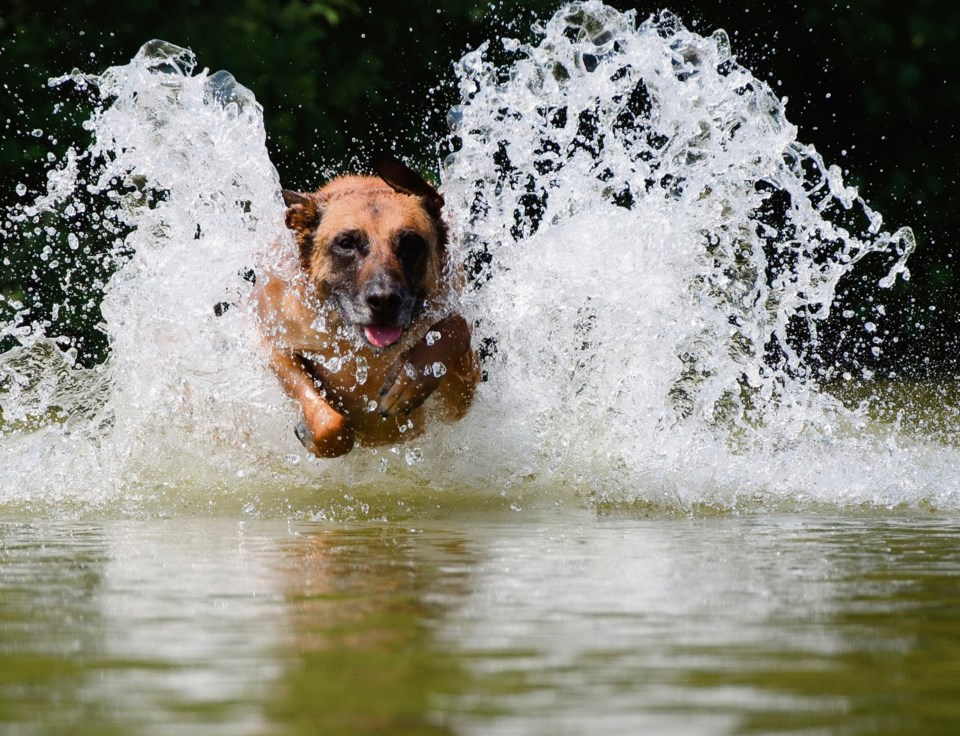The headlines this summer have been alarming, a wake-up call for parents and dog owners everywhere, including Manitoba:
Dogs dying from blue-green algae
Toxic blue-green algae taking over waters of Canada this summer
Toxic algae warning issued
The dangers of blue-green algae came to wide public attention with the recent death of dogs in North Carolina, Georgia and Texas after drinking and swimming in ponds contaminated with the toxic algae.
It happens here, too, according to Manitoba Sustainable Development. Many waterways in the Virden area have algae growth that could be the blue-green variety - there’s no way to visually identify whether toxins are present or not; the algae has to be tested to be sure.
Also known as cyanobacteria, blue-green algae thrives in hot weather and low rainfall, conditions that southern Manitoba experienced this summer. It tends to bloom in freshwater that isn’t flowing, like ponds, lakes and stagnant creeks.
Blue-green algae can be blue, vibrant green, red or brown and varies widely in size and shape. It can form floating clumps or scum, sometimes making the water look like thick pea soup or paint, and may emit a strong, unpleasant smell.
Hog Watch Manitoba has linked the overgrowth of blue-green algae to phosphorus from hog manure and they warn that “further increase in the number of pigs raised in Manitoba could bring even greater blue-green algae blooms to Lake Winnipeg and other Manitoba lakes.”
Writer/activist Larry Powell of Shoal Lake has appealed to Premier Brian Pallister, citing this summer’s “dramatic buildup of poisonous algae which has collected along beaches and seriously sickened some of (the) pets who drank the water.”
Dogs are particularly vulnerable because they play in the water and often drink it or lick it off their fur, ingesting toxic amounts of algae. It can make them deathly sick very quickly.
The Manitoba government monitors about 60 beaches across the province and posts warnings if toxic algae is confirmed. But the public is on their own when using unregulated water bodies.
HOW TO AVOID POISONING
• Avoid drinking, swimming or bathing in water with algal blooms.
• Keep pets and livestock out of the water if you see an algal bloom.
• If unsure whether algae are present but the water smells bad, looks murky or is a strange colour, avoid going in.
• If an algal bloom is observed on the lake that supplies your small water system, use an alternate water
source (such as bottled water) for drinking, food preparation, bathing, other personal hygiene and pets.
• Algae toxins can accumulate in fish, particularly in the internal organs like the liver and kidneys. Avoid
consuming the internal organs of fish and avoid consuming fish that appear unhealthy in waters with algal blooms.
• Notify your neighbours and report the algal bloom at www.manitoba.ca/beaches




